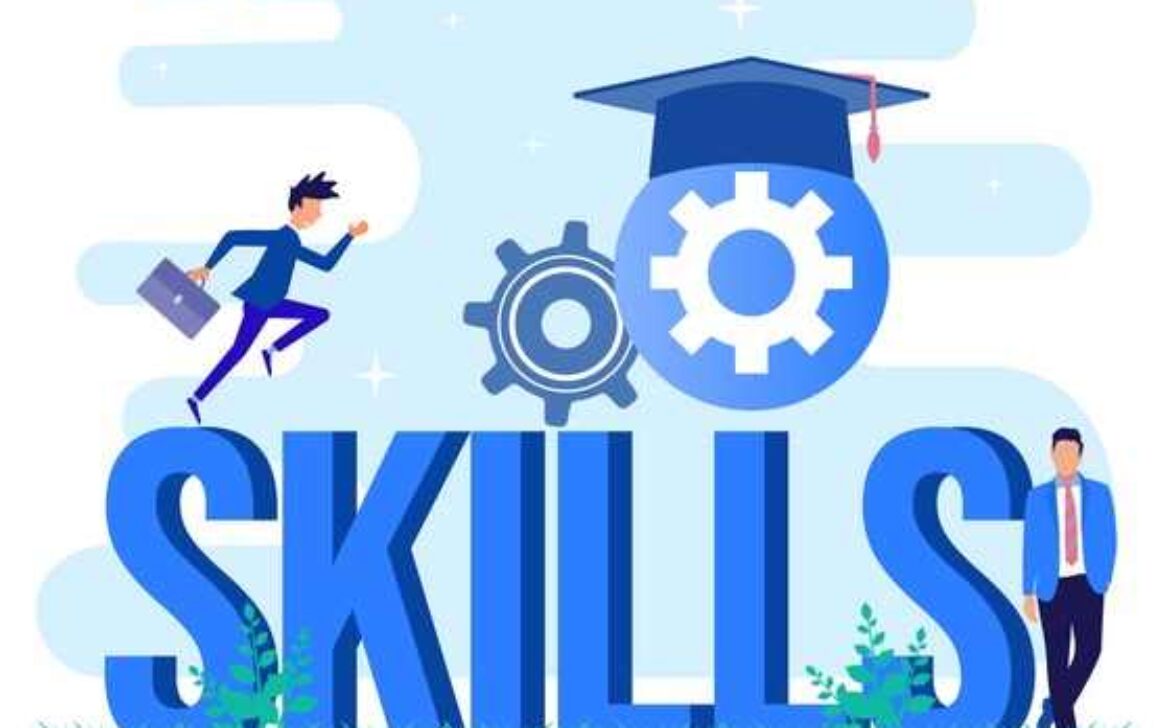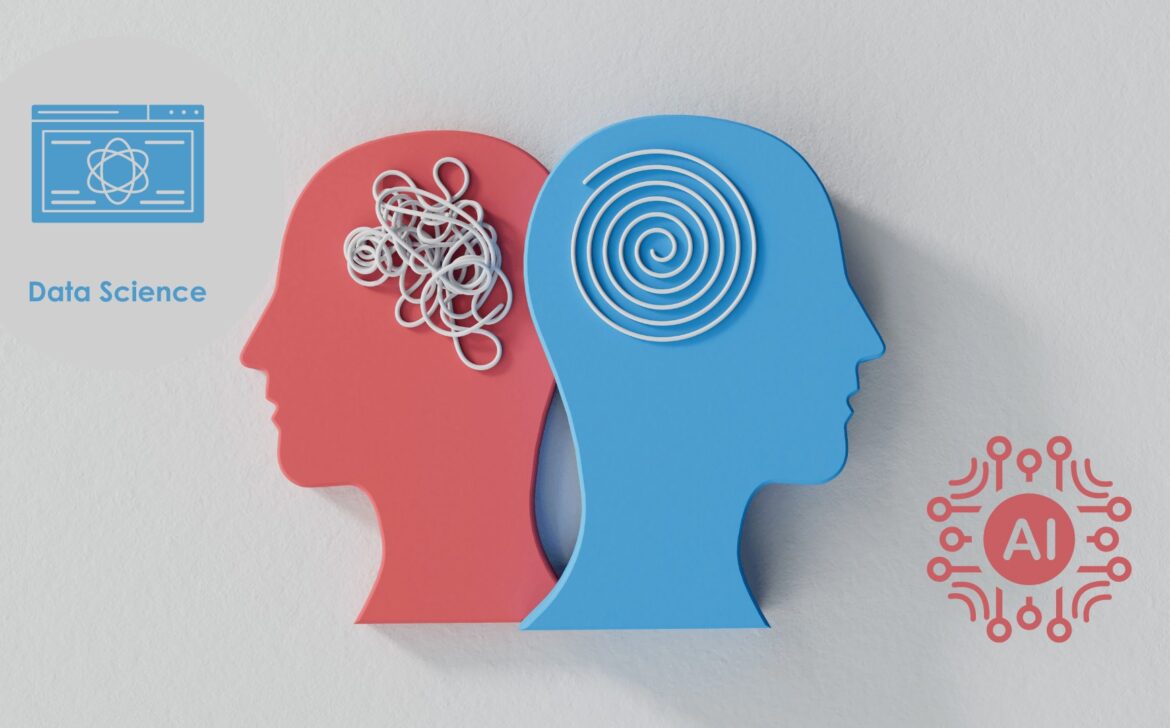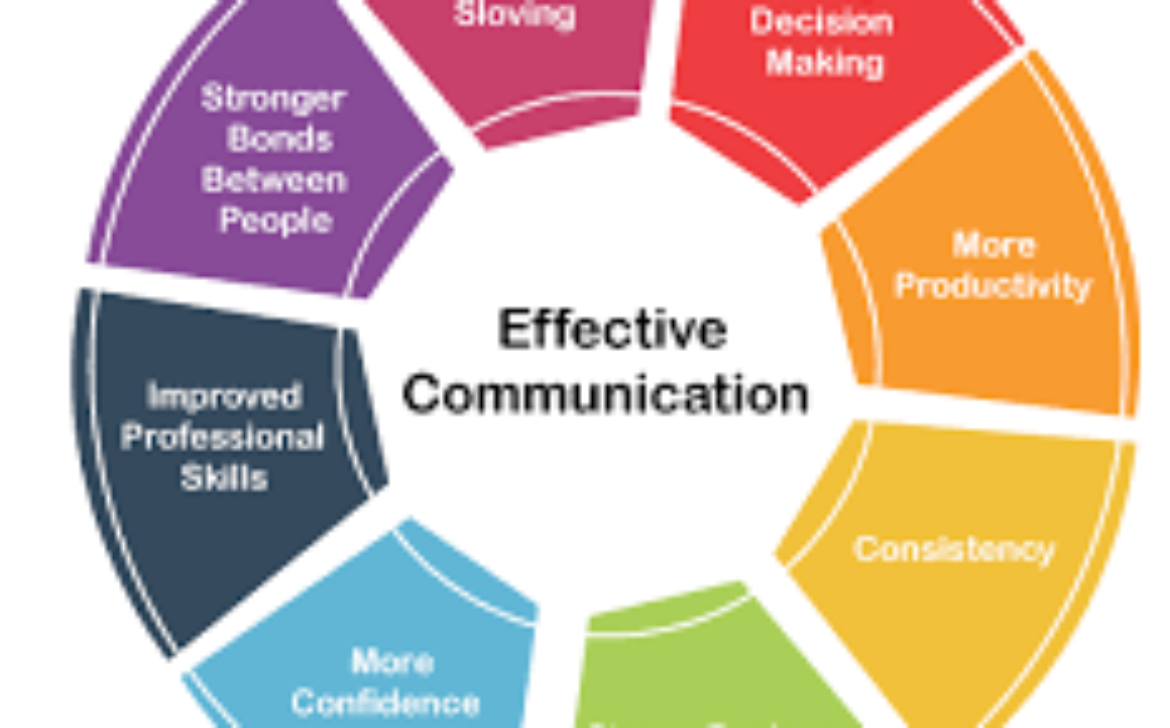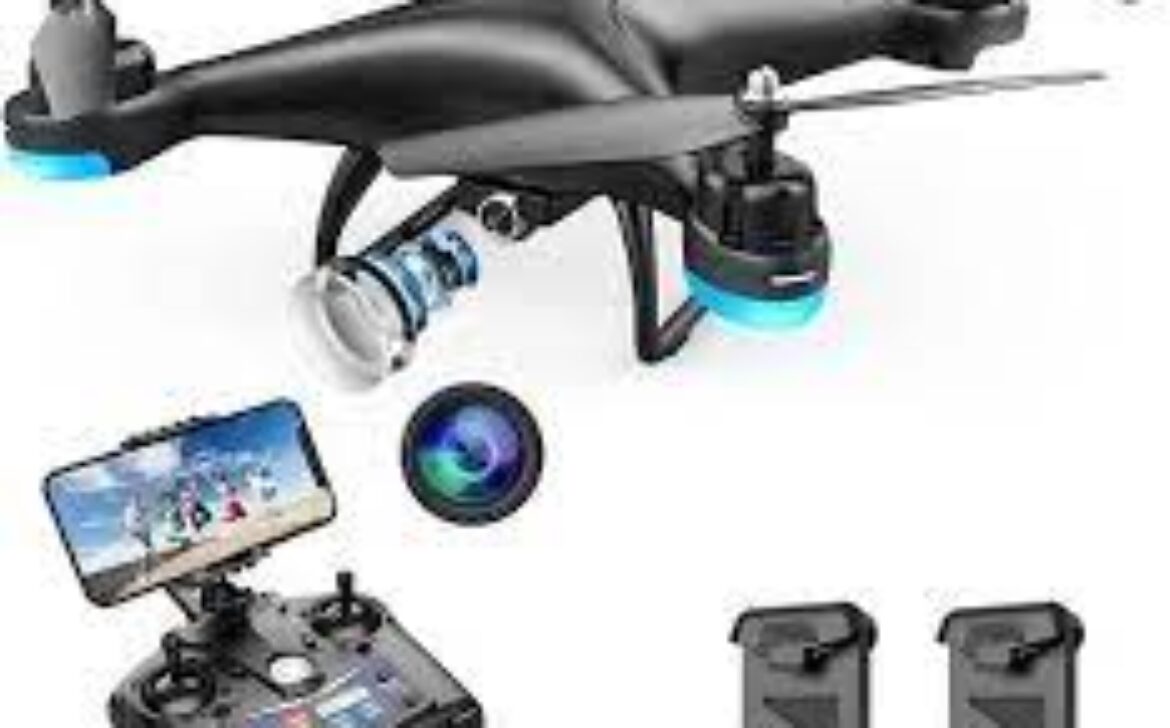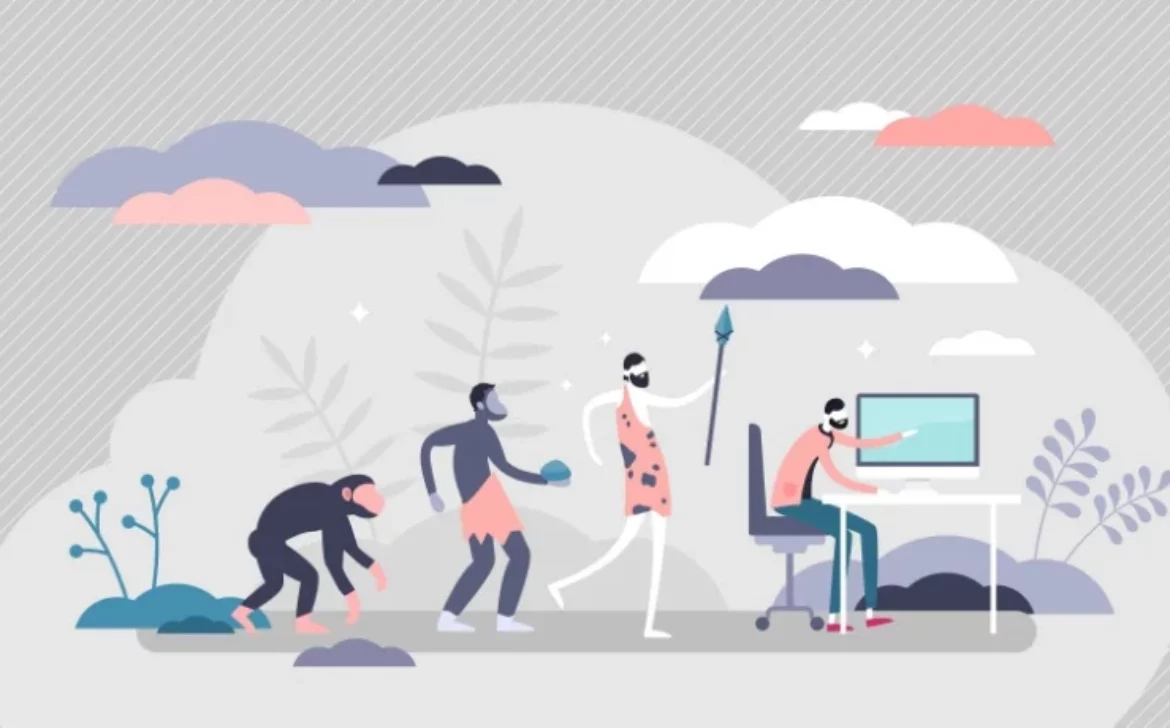Unplugging the Connection: Navigating the Complex Realm of Technology Addiction
Introduction
In the modern era, technology has woven itself into the fabric of our daily lives, offering convenience, connectivity, and endless possibilities. However, the constant allure of digital devices and online platforms has given rise to a new challenge: technology addiction. In this blog, we will delve into the intricate world of technology addiction, exploring its causes, consequences, and strategies to strike a healthy balance between the digital and real worlds.
- Understanding Technology Addiction: The Digital Temptation
Technology addiction refers to the excessive and compulsive use of digital devices, social media, or online activities to the point where it interferes with daily life and well-being. Understanding the underlying factors that contribute to this addiction is essential for addressing its impact.
- Causes of Technology Addiction
Several factors can contribute to technology addiction, including the instant gratification of notifications, the fear of missing out (FOMO), the dopamine-driven reward system, and the desire for social validation through online platforms.
- Consequences of Technology Addiction
Technology addiction can have far-reaching consequences on various aspects of life. From deteriorating mental health, disrupted sleep patterns, and impaired interpersonal relationships to reduced productivity and even physical health issues, the negative effects are significant.
- Signs and Symptoms of Technology Addiction
Recognizing the signs of technology addiction is crucial for early intervention. Common symptoms include neglecting responsibilities, loss of interest in offline activities, difficulty in controlling usage, and experiencing withdrawal symptoms when separated from technology.
- Strategies for Managing Technology Addiction
a. Digital Detox: Taking periodic breaks from digital devices and online platforms can help reset the mind and reduce dependency.
b. Setting Boundaries: Establishing designated times for technology usage and creating tech-free zones can aid in maintaining a healthier balance.
c. Mindful Consumption: Practicing mindfulness while using technology helps individuals become more aware of their habits and make conscious choices.
d. Engaging in Offline Activities: Pursuing hobbies, physical activities, and spending quality time with loved ones in the real world can counterbalance excessive digital engagement.
e. Seeking Professional Help: For severe cases of technology addiction, seeking guidance from mental health professionals can provide valuable strategies and support.
- Parental Guidance and Technology Addiction in Children
As children increasingly grow up in a digital world, parents play a crucial role in guiding their technology usage. Open communication, setting age-appropriate limits, and modeling healthy tech habits can shape a balanced relationship with technology from an early age.
- Cultivating Digital Literacy
Promoting digital literacy helps individuals become informed consumers of technology, distinguishing between productive and destructive online behaviors. This knowledge empowers them to make conscious choices about their digital engagement.
- The Journey to Digital Wellness
Embracing digital wellness involves fostering a conscious and intentional relationship with technology. By evaluating its role in our lives, setting boundaries, and prioritizing offline connections, we can strike a harmonious balance between the digital and physical worlds.
Conclusion
As technology continues to evolve and embed itself in our lives, recognizing and addressing technology addiction is paramount. By understanding the causes, consequences, and signs of technology addiction, we can take proactive steps to regain control over our digital lives. Embracing strategies for managing addiction, nurturing digital literacy, and fostering a sense of digital wellness allows us to harness the benefits of technology without succumbing to its addictive grip. In this journey, let us strive for a balanced, healthy relationship with technology, enriching our lives while maintaining our well-being.


